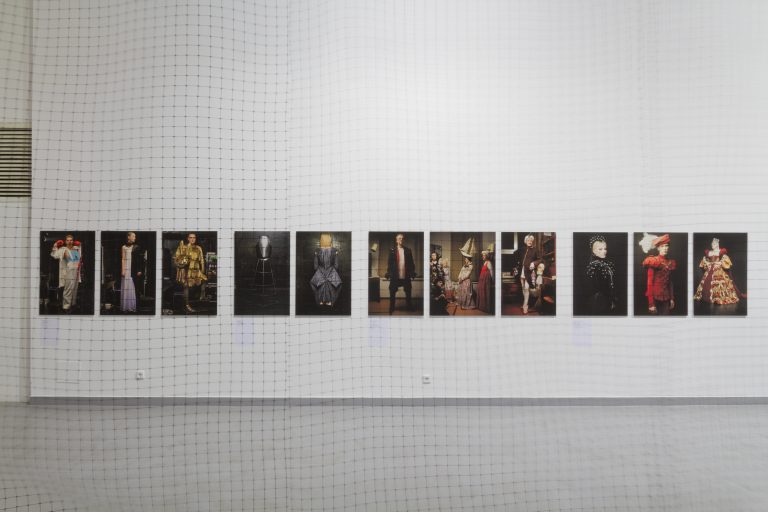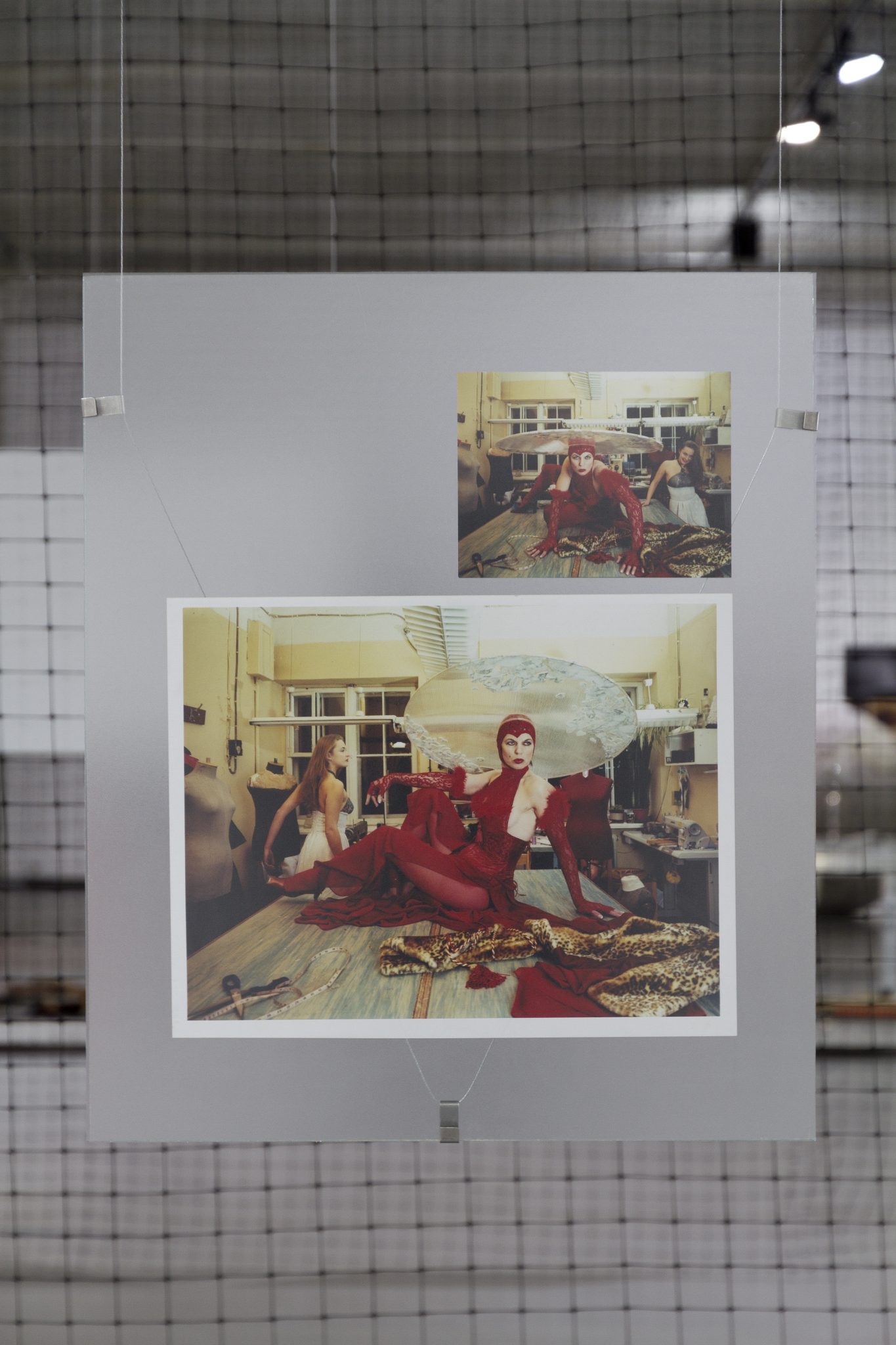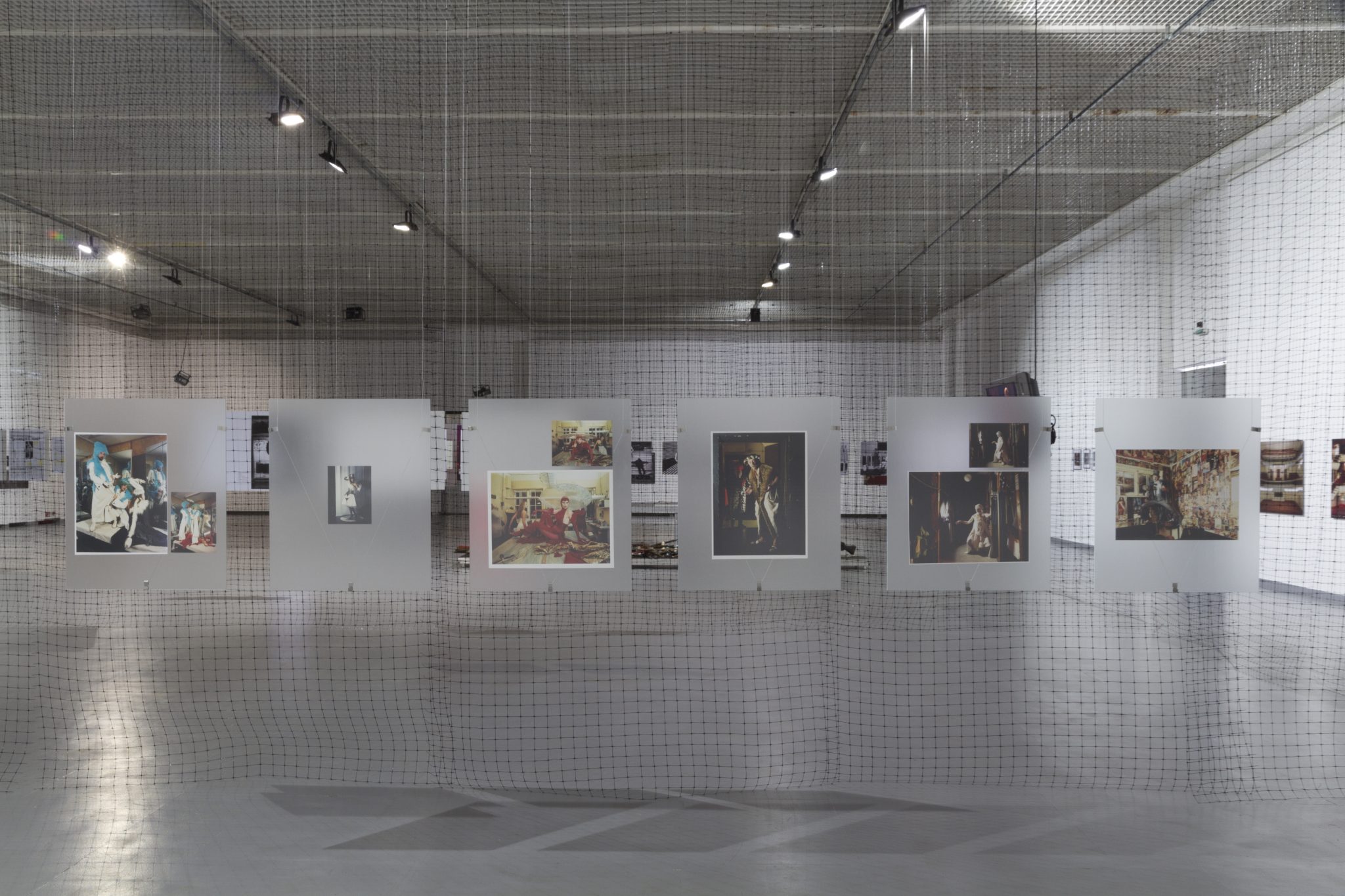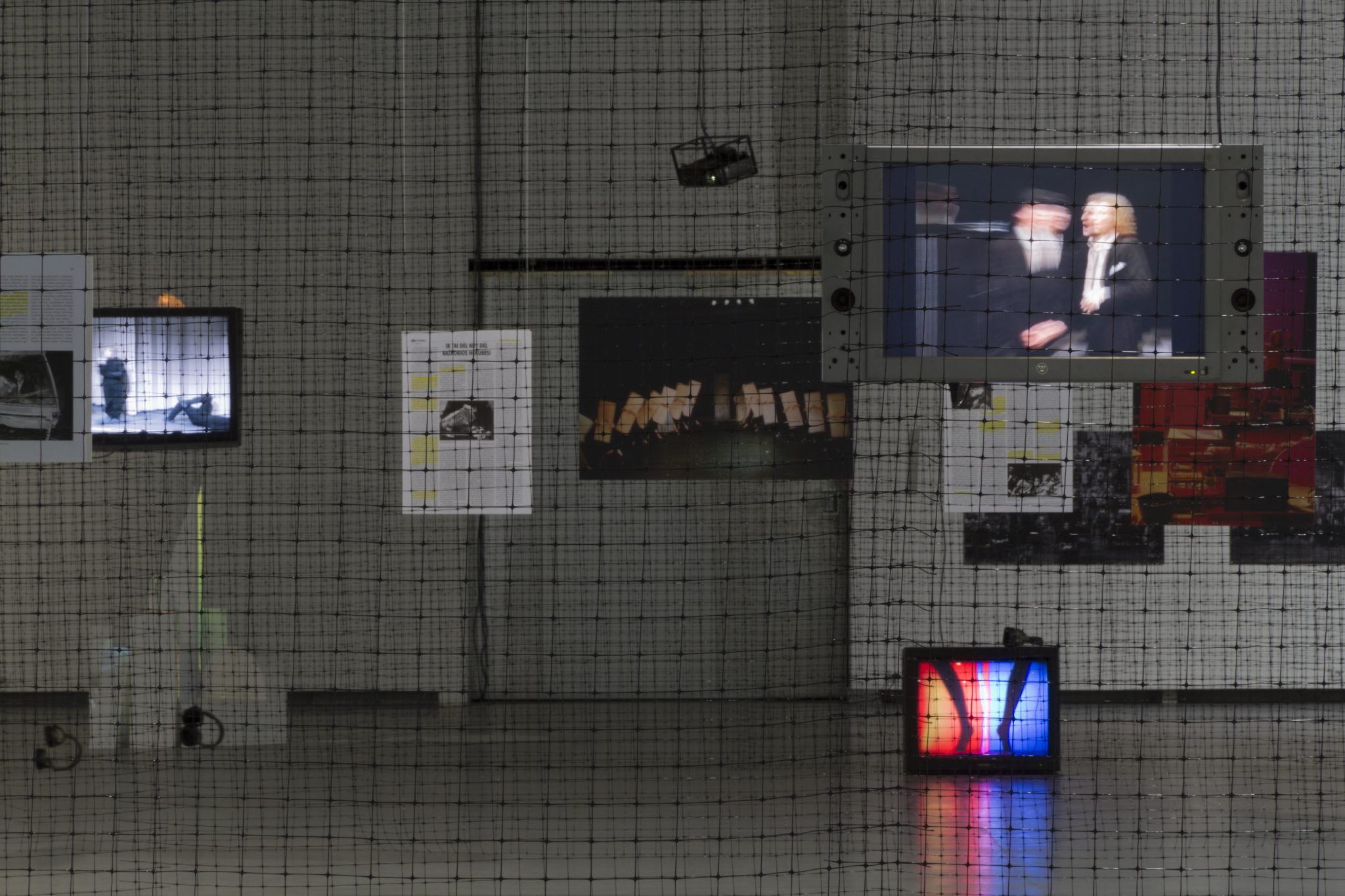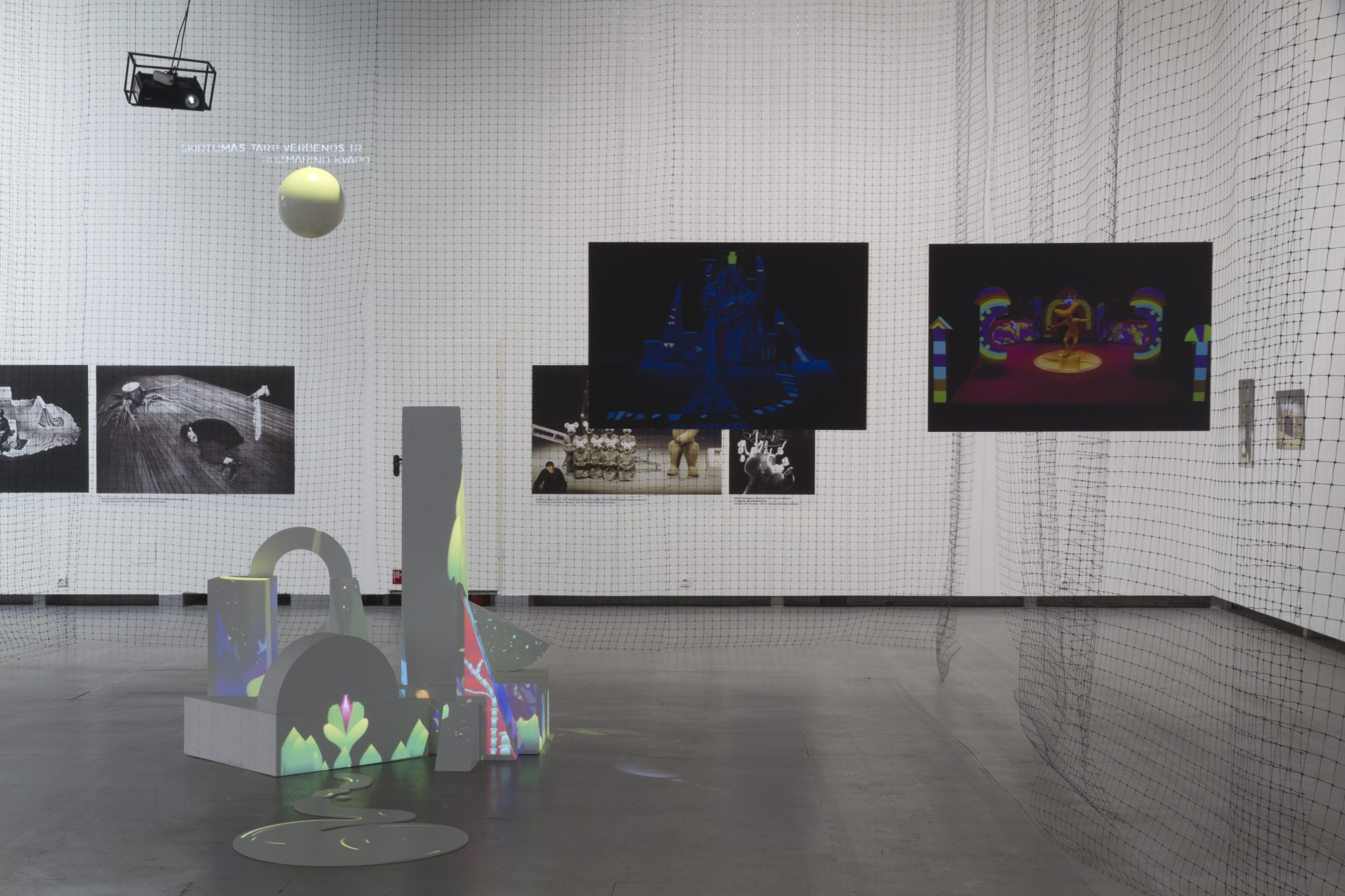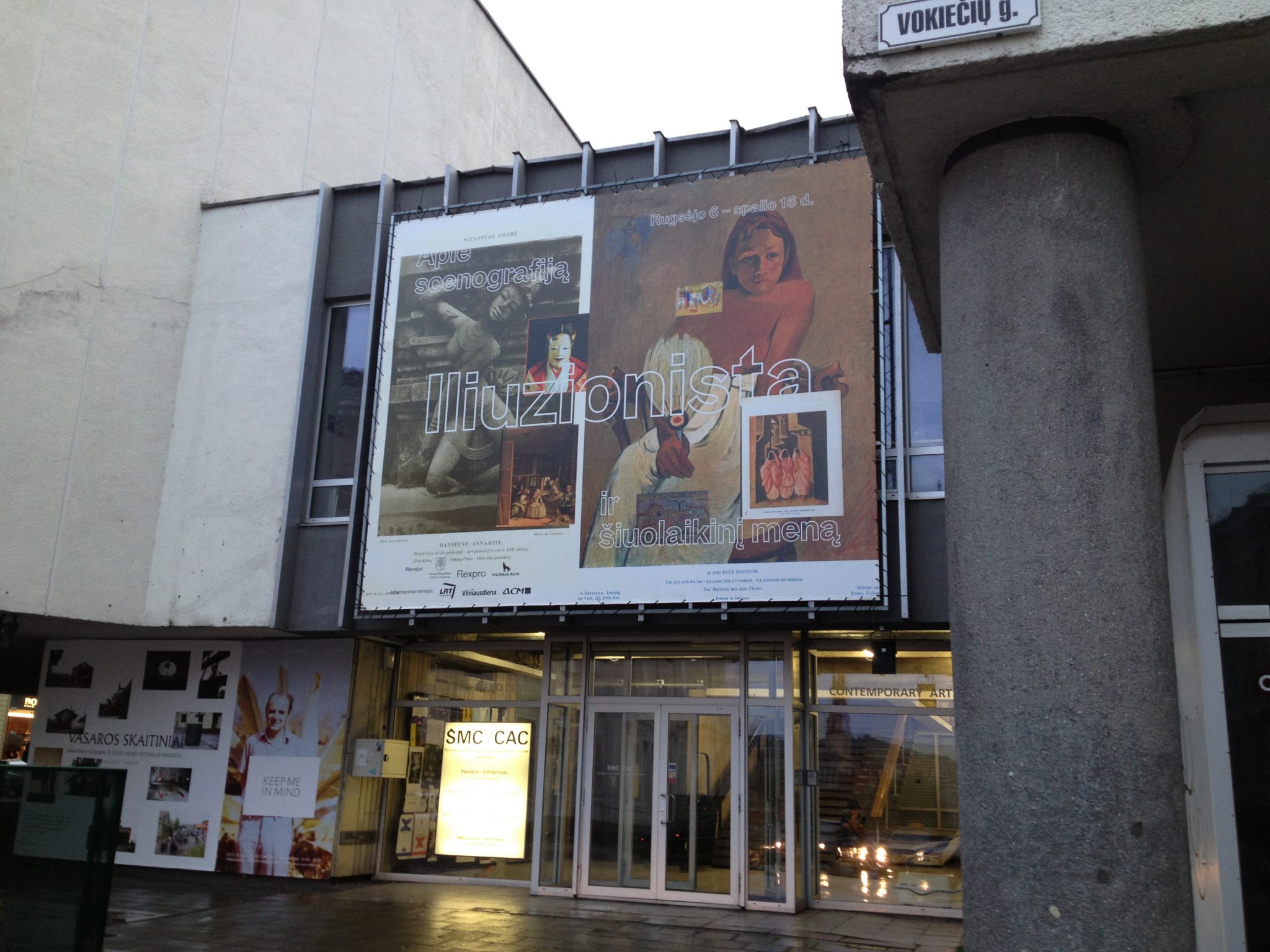
Contemporary stage design is one of the elements of the language of theatre that help to create an illusion. And this illusion tries, in every way, to conceal the fact that it is not real. “Theatre dies if we lie”, theatre director Oskaras Koršunovas stated in 1993; at a similar time Eimuntas Nekrošius said: “If you don’t lie, if you only tell the truth, it’s unlikely that a theatre play will come out of it at all.”
For some theatre producers, realism and plausibility mean creating an uninterrupted, credible image, whose magic soon evaporates when you avert your eyes from the stage. For others it means staging a play by the rules similar to the “rules of the street” – creating a world that is supposedly recognizable to the audience. For others yet, only highly abstract scenery eliminates all distraction from the reality that matters most – a meeting with the audience in real time. And lastly there are those who openly demonstrate the conventions of theatre and admit that what is happening on stage is only a performance.
According to critics, in the past few decades theatre has expanded its options of locations to infinity, but most performances still take place in a classical theatre “box”, audience comfortable in their seats. Theatrologist Jurgita Staniškytė writes that almost all the possible spaces have been tried out and “acted out”, and now “theatre creators are no longer searching for new locations for performances, as the stage exists in the viewer’s own mind.” How can we show what is happening on this stage, collectively created by stage designers, directors and the audience, if we cannot even show a single play?
The “stage” does not disappear when the audience leaves the theatre – the drama, rules and actors may be different, but we are used to contending the omnipresent streams of imagery, visions and fantasies of our own on a daily basis. “You do not necessarily have to create by using object or material categories. It is not necessary to put something on stage, to call it your creation,” – stage designer Juratė Paulėkaitė once said in an interview. Various works of contemporary art compete for attention on the same “stage”.
In the exhibition “Illusionists”, theatre is regarded as one of the “power plants of imagination” that operate in our daily lives. The exhibition presents artists’ projects, photos, excerpts and fragments of performances and stage designs created in Lithuania during the past two decades, all woven into a story in the centre of which is the question – who, or what, creates stage design, and how.
—
One of the projects of this exhibition is “Walk, hands, eyes (Vilnius)“ by French artist Myriam Lefkowitz – a perceptive experience, weaving a relation between walking, seeing and touching, for one person at a time, lasting one hour, in the city.
“An appointment is made between a performer and a spectator: a certain time and place, nothing more. When they meet a rule is set. The performer: “it’s a silent experience but if anything bothers you don’t hesitate to tell me. For now, I am going to ask you to close your eyes.” The couple starts to walk around. During their walk, the performer chooses focal points and orientates the spectator’s body in the right direction so he can perceive it. Aiming the spectator’s body, the performer says “open your eyes”. The opening time of the eyes corresponds to the opening of a camera shutter: long enough “for the picture to be taken” open, close will be the only words spoken during the walk.”
The performance will be held on 6-10 September, spectators are invited to register for the performance via email [email protected].
Image: This exhibition poster uses a fragment of the catalogue „Fluxus Da Capo“, which has been supplemented by Linas Jablonskis in 2001. Authors of this layout − Jurgis Griškevičius, Elena Narbutaitė

















